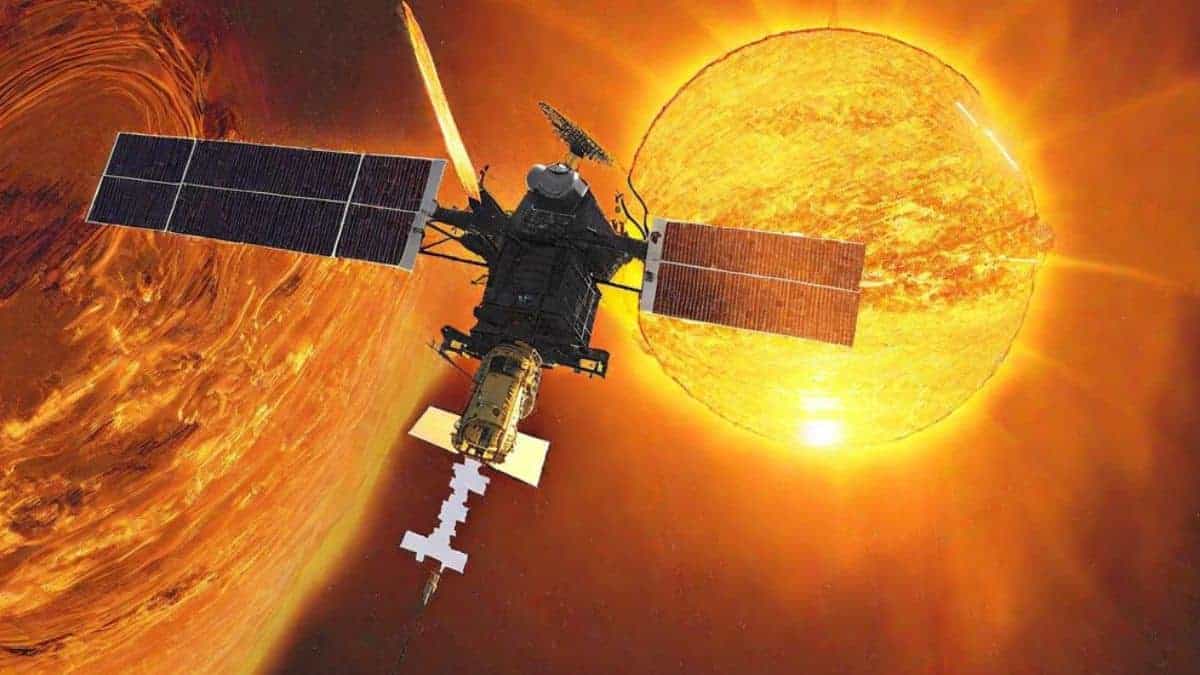HEL1OS on board the Aditya-L1 captured first High-Energy X-ray glimpses of Solar Flares

ISRO successfully launched the Aditya-L1 mission on 2nd September 2023. Aditya-L1 mission is the first of its kind, entirely dedicated to observing the Sun. Ten days before the launch of the Aditya-L1, ISRO successfully launched the Chandrayaan-3.
In the latest developments, ISRO shared newly gathered updates from the Aditya-L1 mission. ISRO took to the social media platform X and updated about the same.
Aditya-L1 Mission:
HEL1OS captures first High-Energy X-ray glimpse of Solar Flares🔸During its first observation period from approximately 12:00 to 22:00 UT on October 29, 2023, the High Energy L1 Orbiting X-ray Spectrometer (HEL1OS) on board Aditya-L1 has recorded the… pic.twitter.com/X6R9zhdwM5
— ISRO (@isro) November 7, 2023
Advancements by Aditya L-1 have now captured Solar Flares. According to ISRO’s updates the High Energy L-1 Orbiting X-ray Spectrometer (HEL1OS) managed to capture the first High-Energy X-ray glimpse of Solar Flares.
HEL1OS had its first observation period of the Sun approximately from 12:00 to 22:00 UT on 29 October 2023. During this time, HEL1OS managed to record the impulsive phase of solar flares.
ISRO also shared graphically represented data of the first light of the Sun captured by HEL1OS.
ISRO further stated that the data recorded by HEL1OS is in line with the X-ray light curves provided by NOAA’s GOES.
ISRO’s latest updates have also mentioned that the HEL1OS on board the Aditya-L1 is presently undergoing fine-tuning of thresholds and calibration operations.
Data gathered by HEL1OS helps researchers to study and analyze the explosive energy release and electron acceleration when solar flares undergo impulsive phases.
The HEL1OS studies solar flares in the X-ray spectrum. It caters to energy bands of 10-150 Kev. It uses a twin pair of Cadmium Telluride (CdTe) and Cadmium Zinc Telluride (CZT) detectors to monitor the acceleration and movement of electrons in the Sun’s corona.


